“I paint the way I spread butter on Pumpernickel.”
The dark rye bread know as pumpernickel hails from the Westphalia region of Germany. The etymology of the name suggests a translation of “devil’s fart”, possibly referring to the poor digestibility of coarsely ground rye grains. Originally peasant fare (like most comfort foods), it has evolved to a higher status. Its dark color and earthy aromas make it the perfect foundation for the strong flavors of smoked meats, and fermented vegetables. This is part of why the Ruben sandwich is such a winner. Like most things, the true character of this bread has been bastardized by our reductionist culture. A true pumpernickel is an inconvenient thing to make. The dark color is achieved through the Maillard reaction between amino acids and sugar. Along with the deep hue come flavors of coffee, chocolate, and caramel. A long, steamy bake at very low temperatures is required to allow enough time for the reaction without oxidizing the sugars into a burnt crust. It is made with a live sourdough culture, a long fermentation, and a 24 hour bake. Sadly, this is not that recipe. I hope to get the technique down, someday, and will share it with my readers, should I successfully pull it off.
Short of a truly authentic pumpernickel, but far superior to the caramel color modified imitation available commercially, is this sourdough version. My hope was to produce a loaf with the characteristic color, and the deeper notes of coffee and caramel. The result, after some tinkering with quantities and bake times, is fantastic. The color and caramel flavors are derived from molasses. Espresso lends the earthy flavor and chocolaty notes. I used a three-to-one ratio of organic all purpose wheat flour to dark rye flour, and added some toasted caraway seeds. This bread is slightly sweet, complex, and beautiful. If you have sourdough skills, already (click here if you don’t) this bread is an easy evolution, from a basic bread. The baking time is slightly longer, and the temperatures slightly lower, to prevent bitter blackening of the crust, but otherwise the approach will seem failure.
A few years back, my farming brothers, and I, set out to produce the ultimate Ruben. It was an exercise in radical gastronomy, to be sure. I cured and smoked a brisket of grass-feed beef from Eagle Canyon Farm, and made cheese from their raw milk. Jake made sauerkraut from Full Circle Farm’s storage cabbage. We made duck egg mayonnaise, and mixed it with some smoked paprika ketchup I had made from another local farm’s tomatoes. Lastly, we made duck fat fried french fries. AJ (@Leepbreads) provided the rye bread, but couldn’t stick around for lunch. It was amazing. I hope to repeat this piece of performance art, but from the single source of HawkTail Farm. It will have to wait until mid late summer, as I’m out of cabbage, and potatoes, and the cow won’t be in milk until August, but at least I know I can pull off the bread! Heck, maybe by then I’ll have that olde world version figured out…

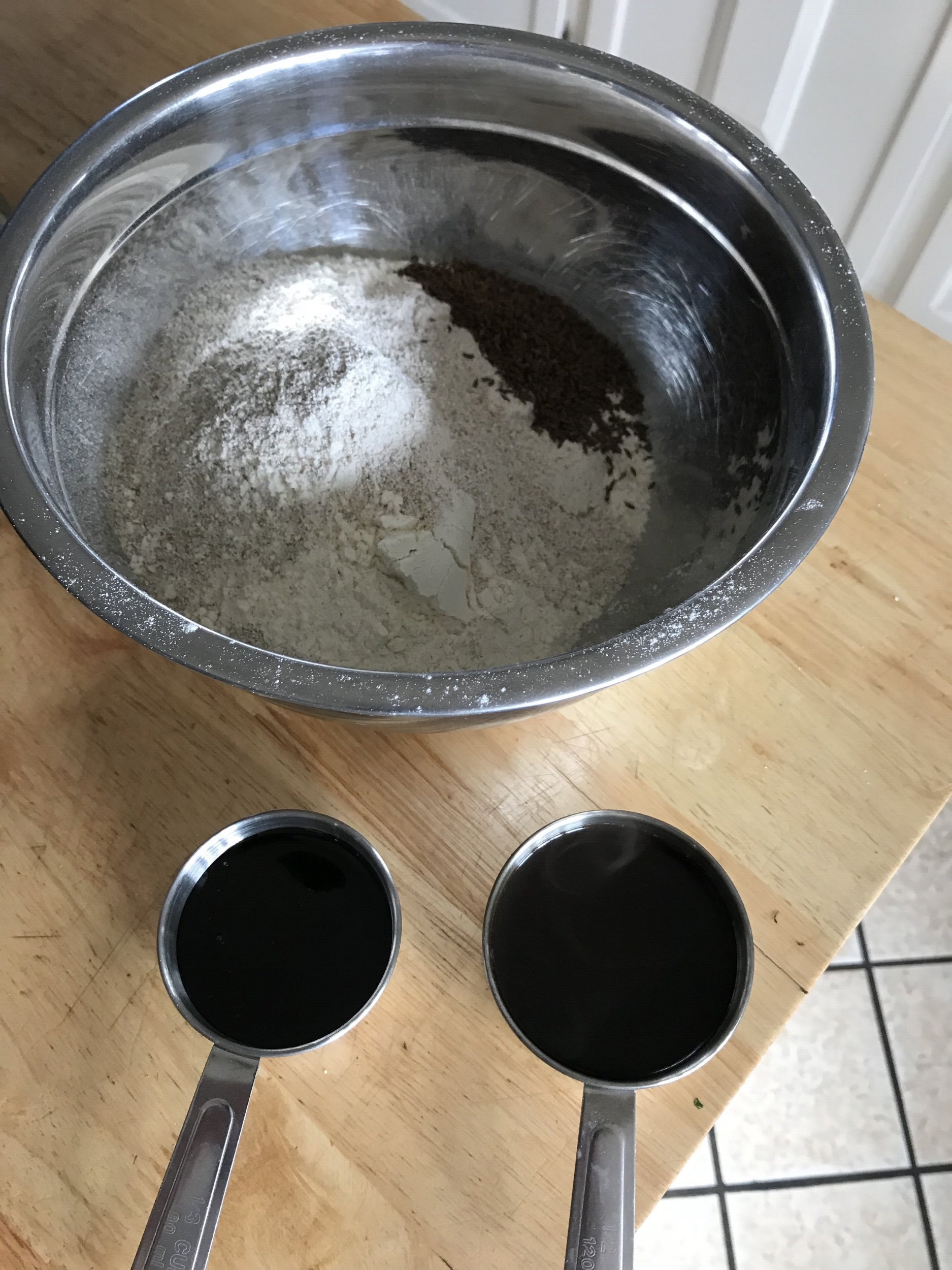

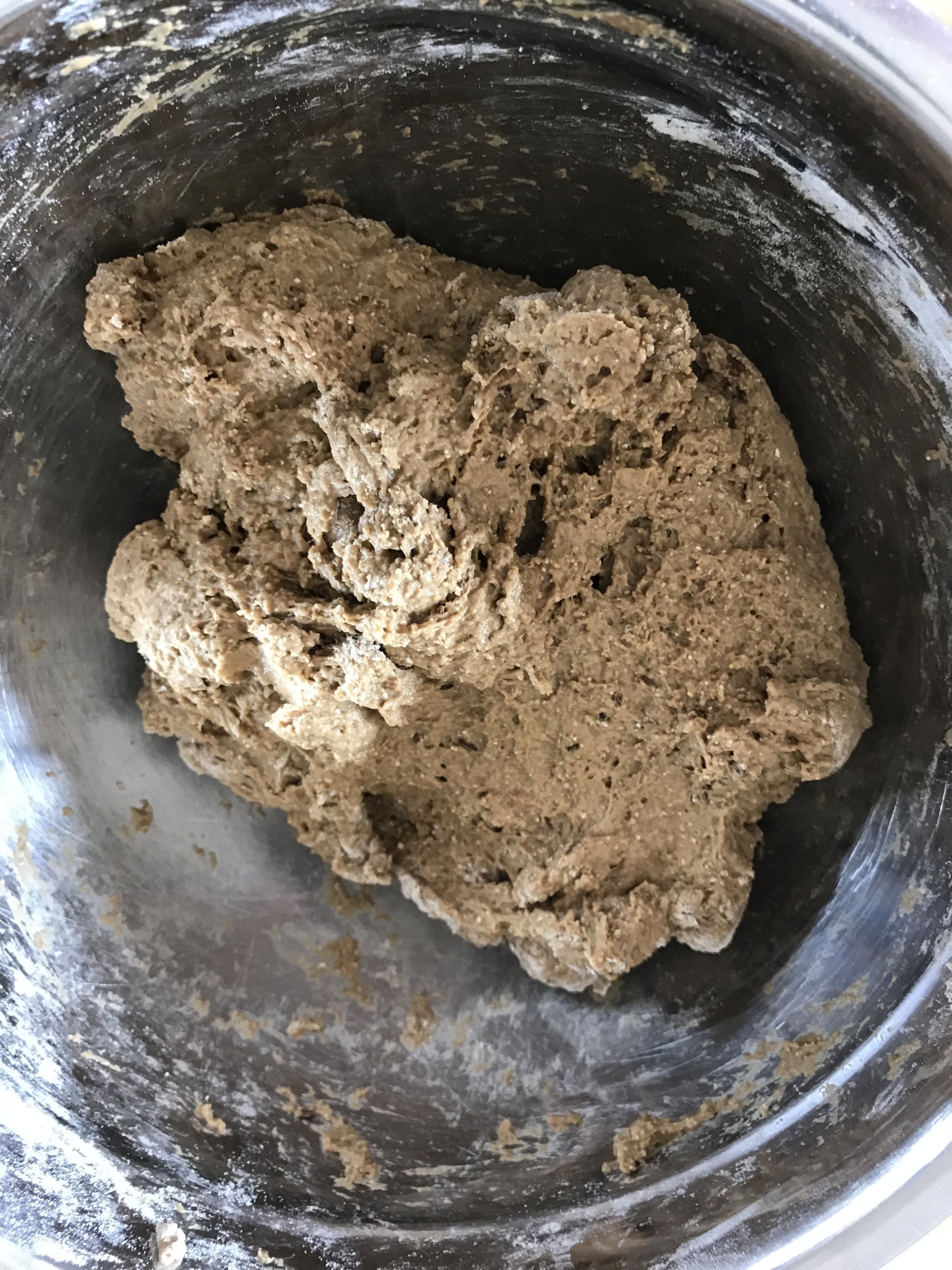
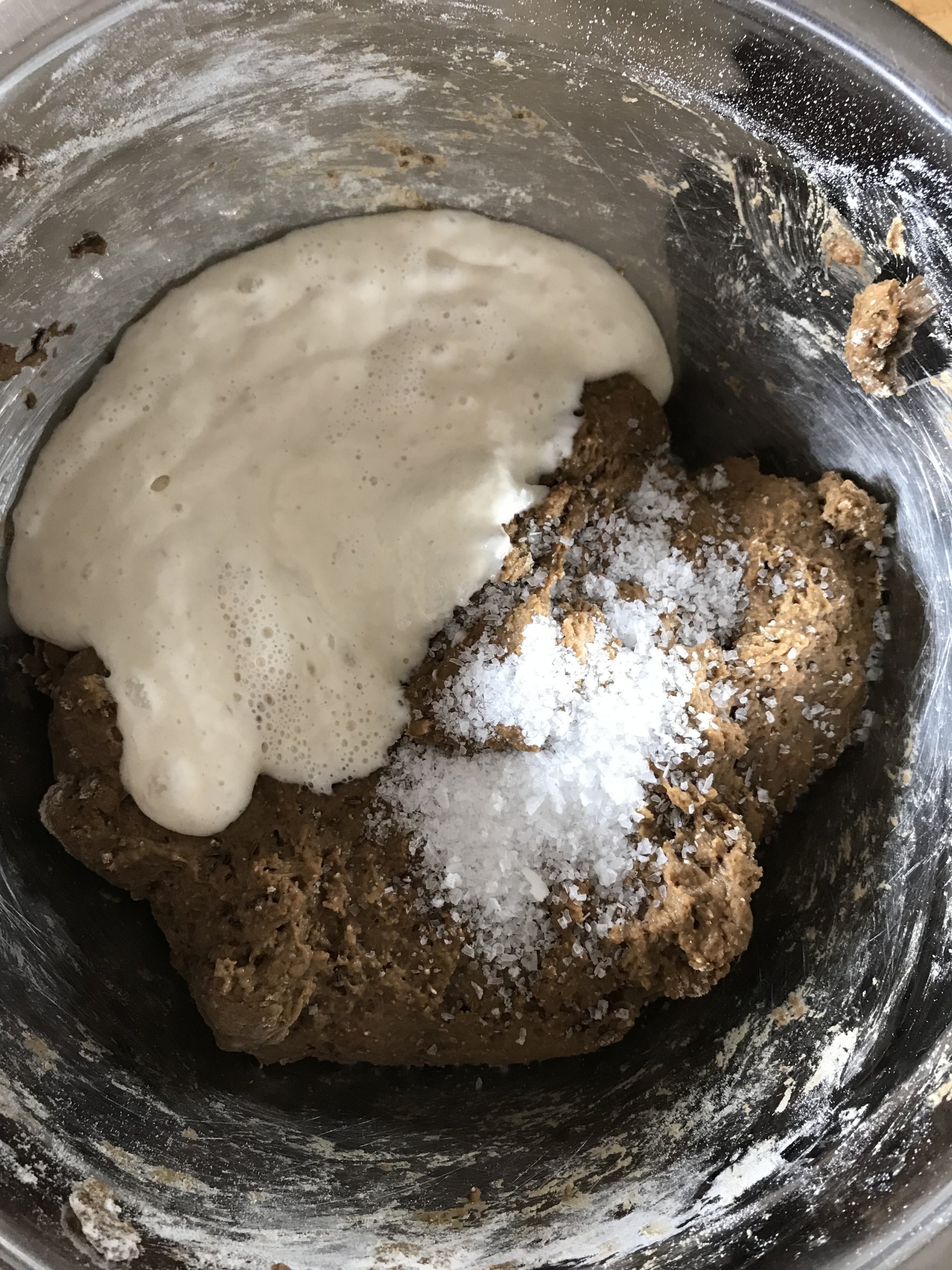
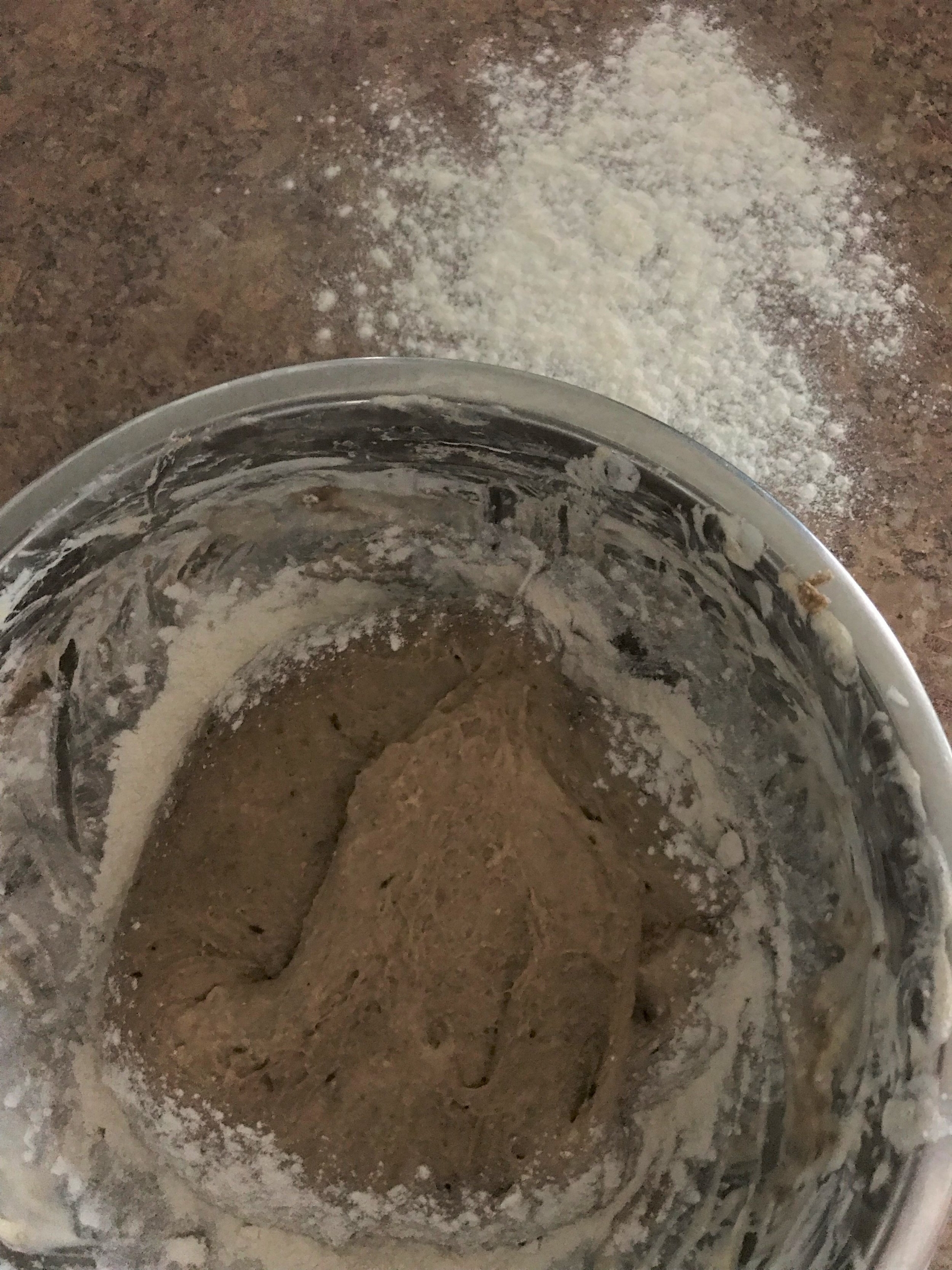
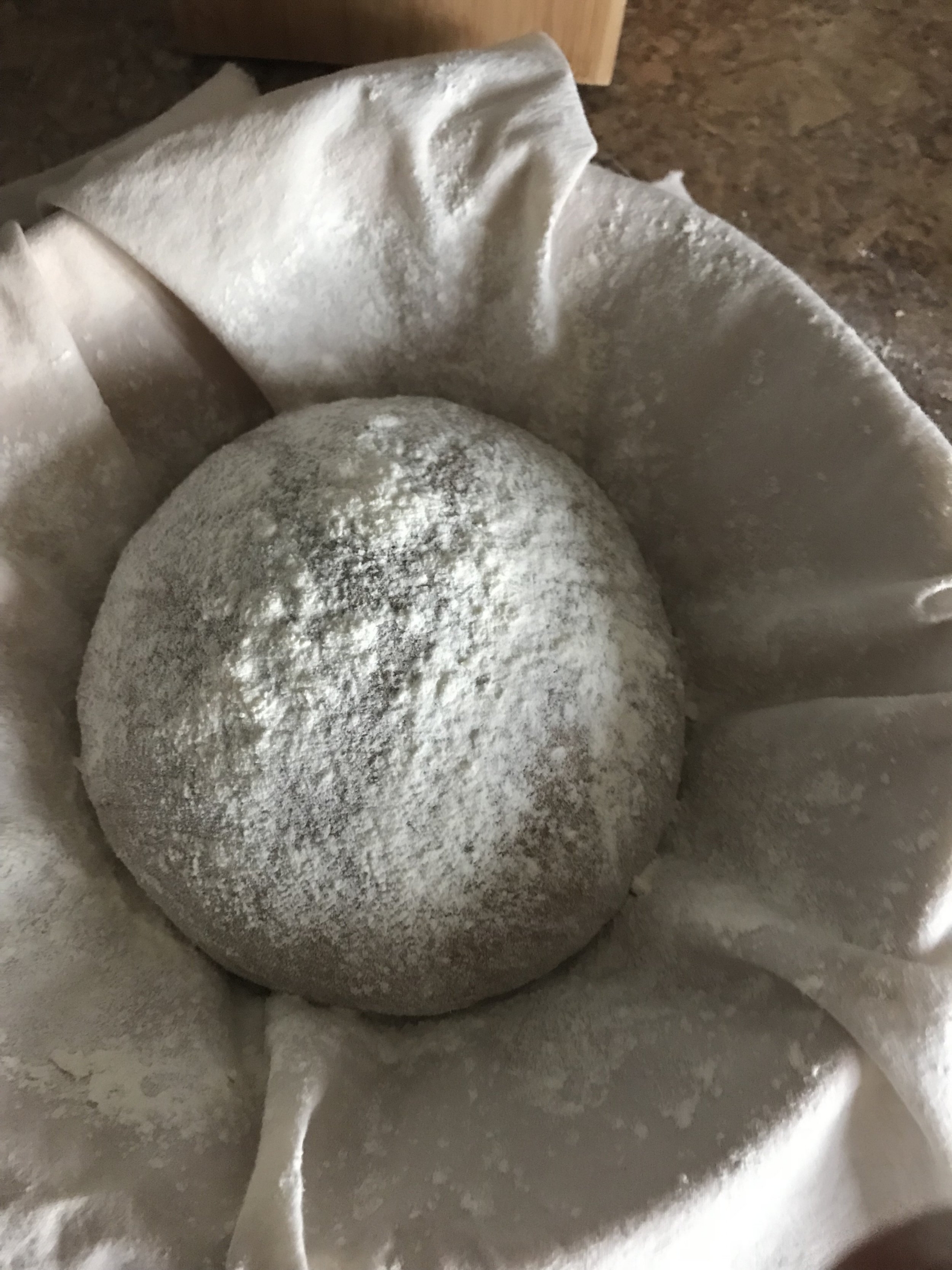
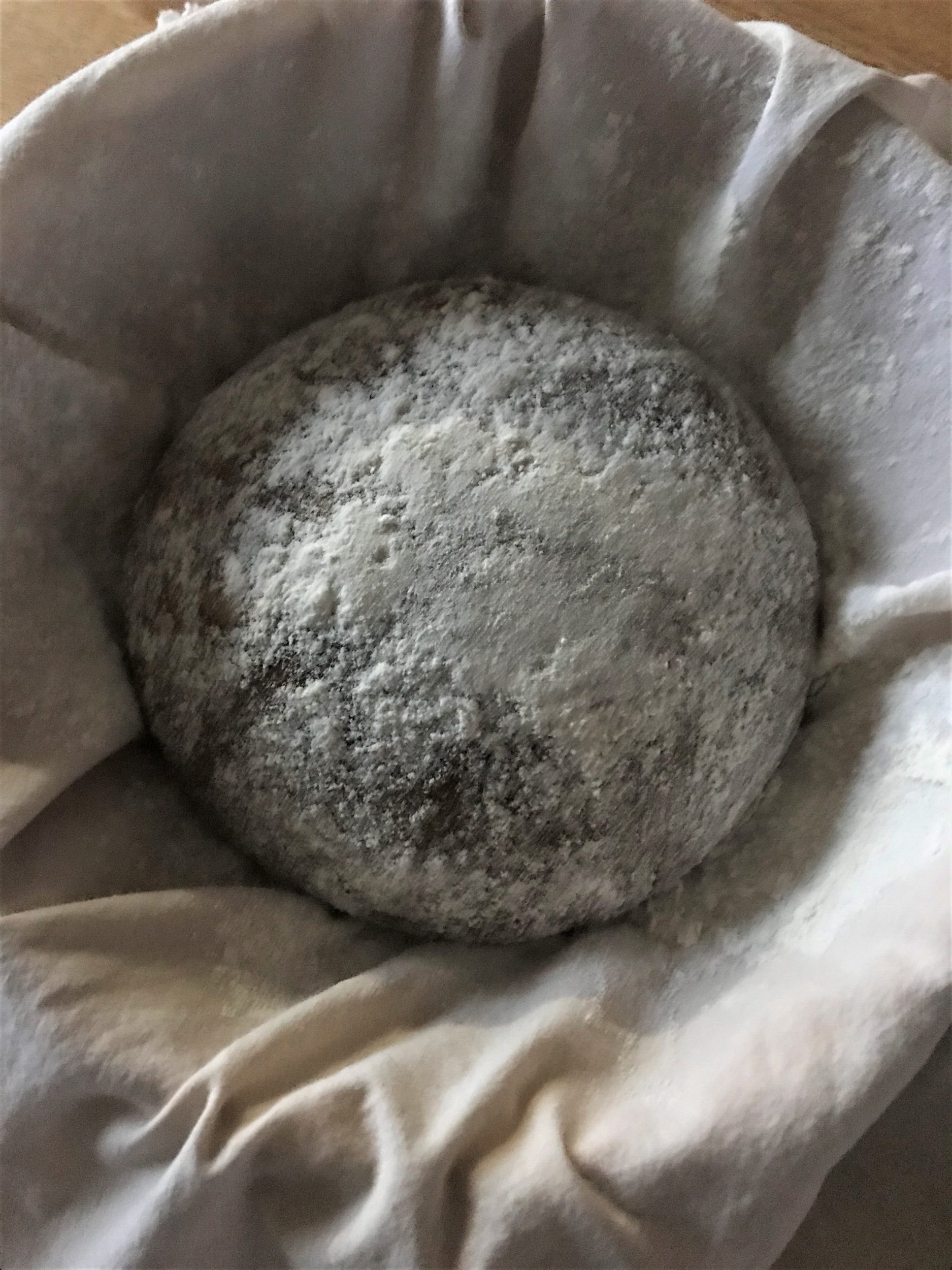

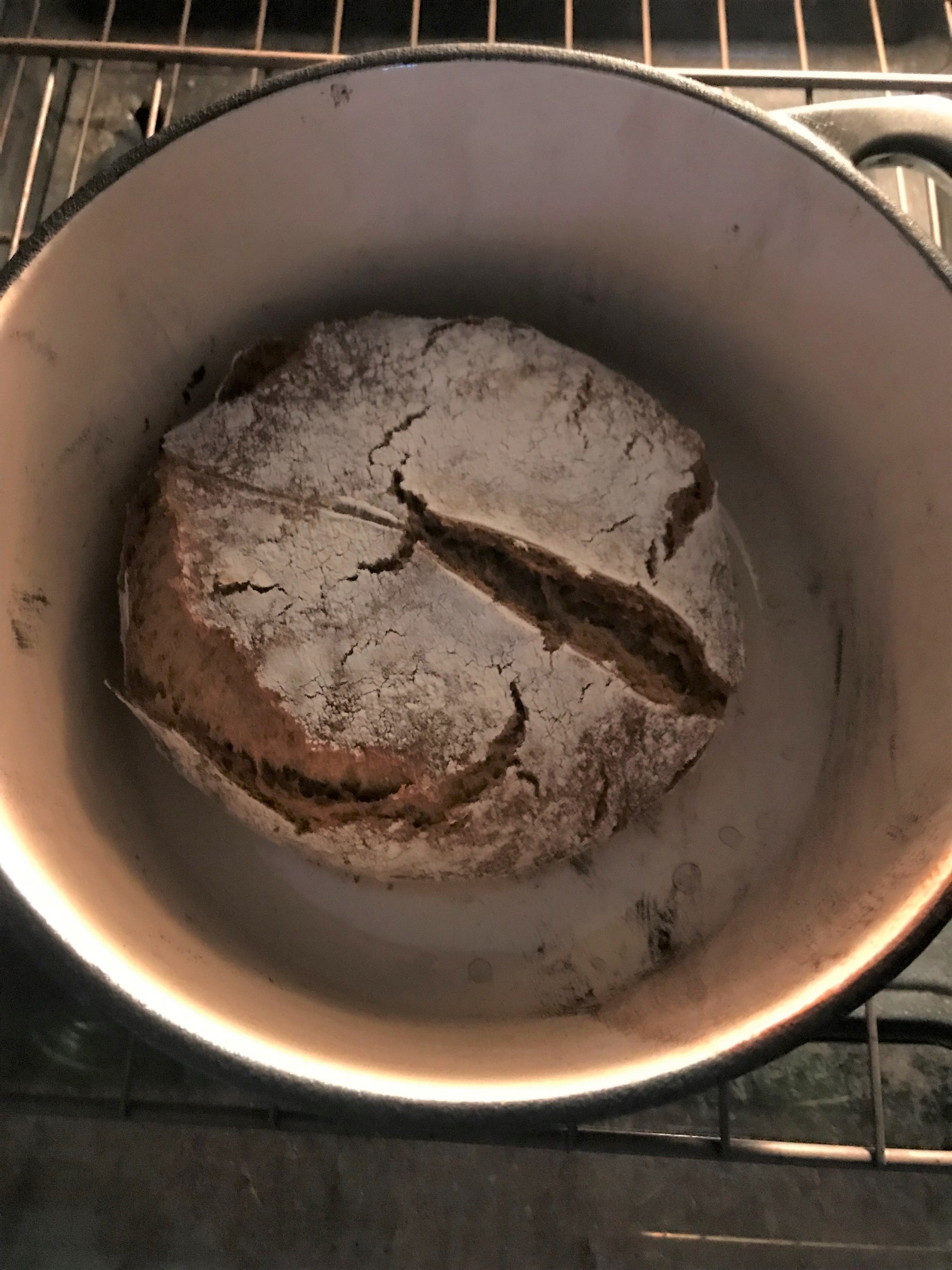
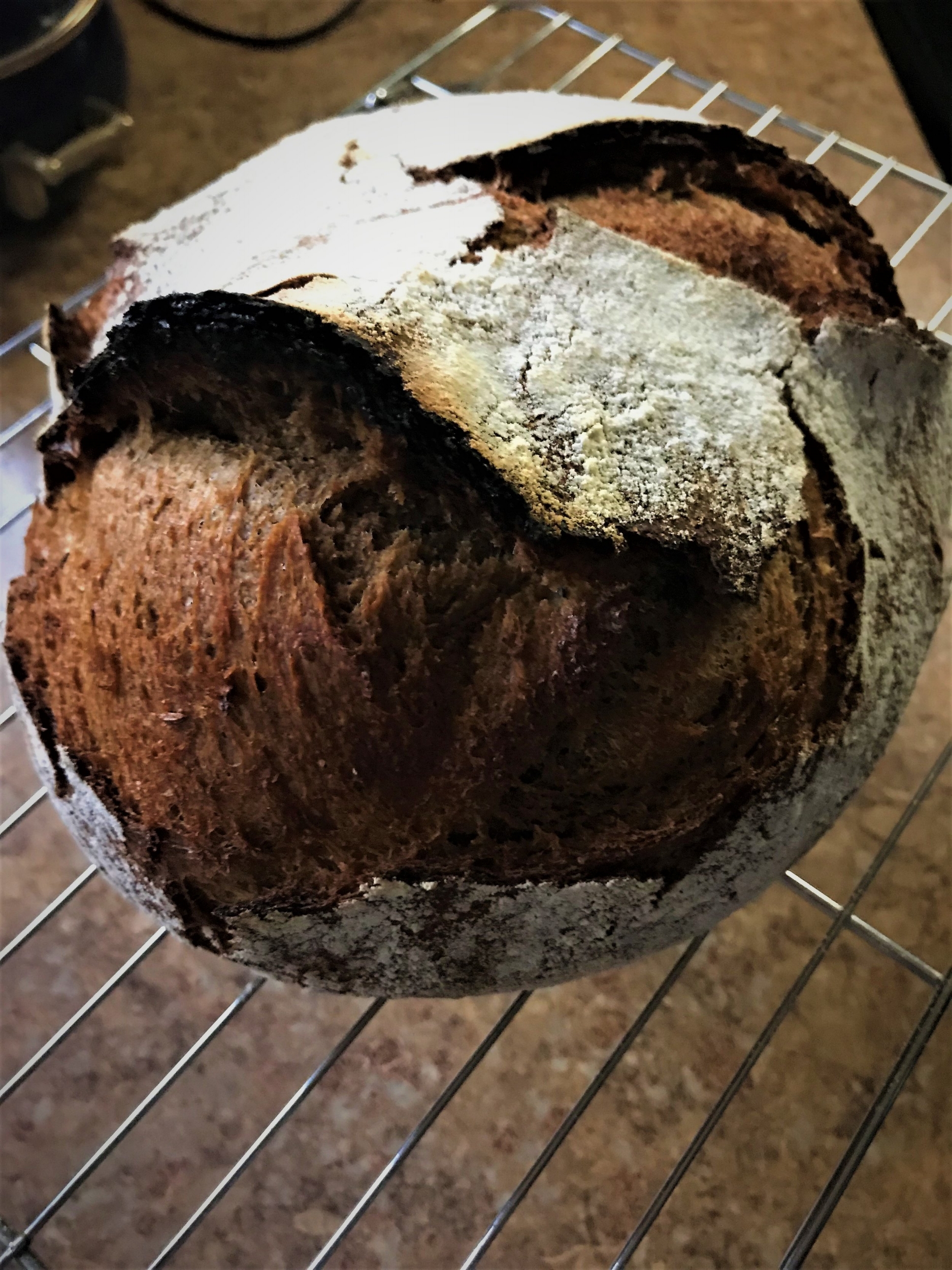
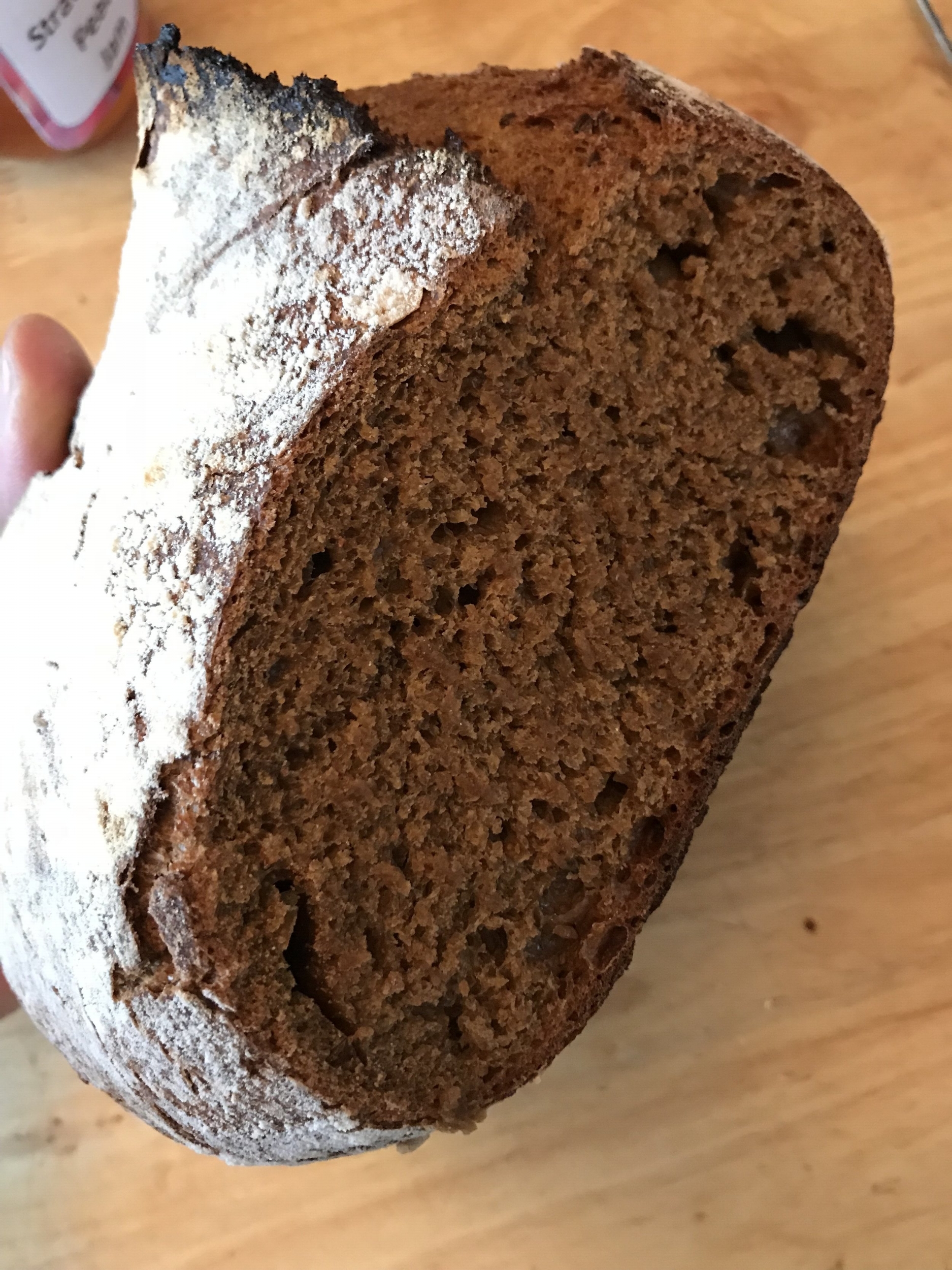
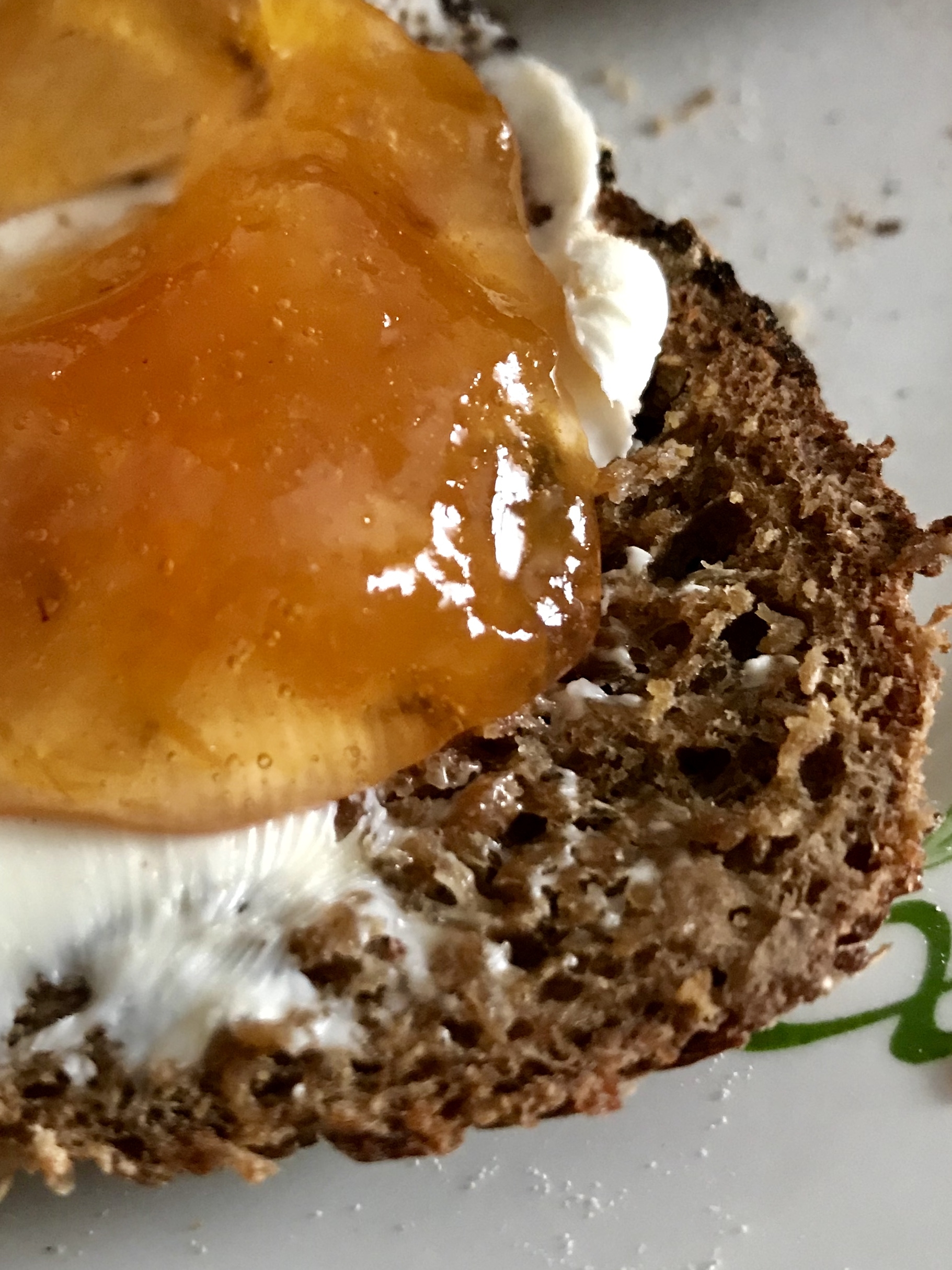
The products below are Amazon Affiliate links. If you buy through them, I receive a small commission with no added cost to you.




